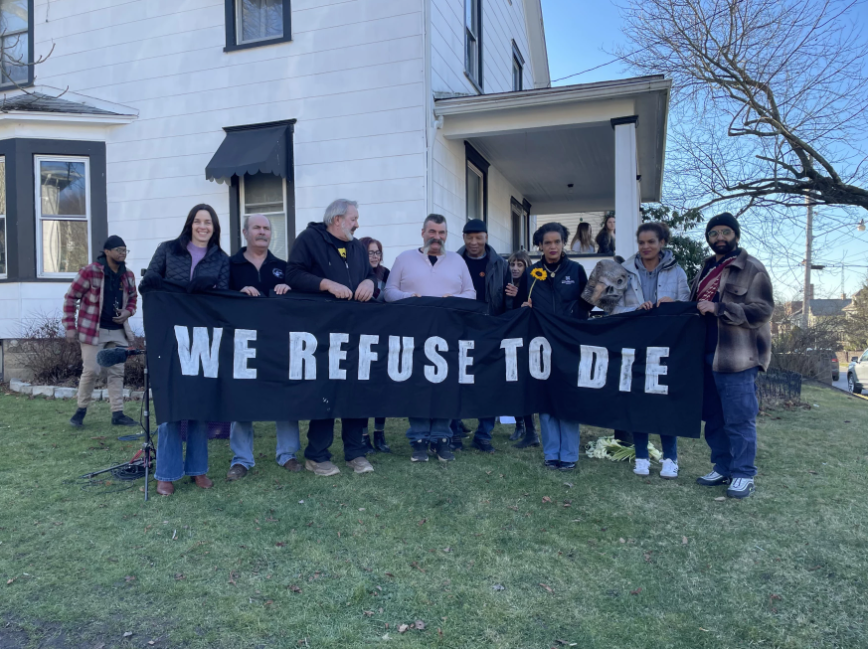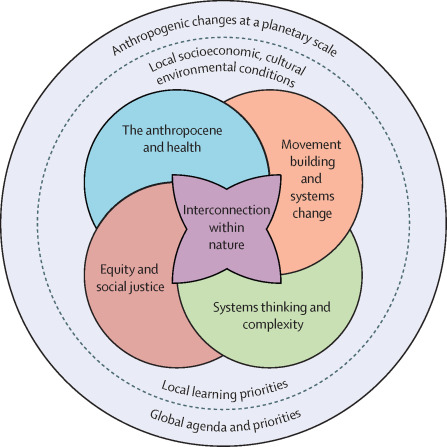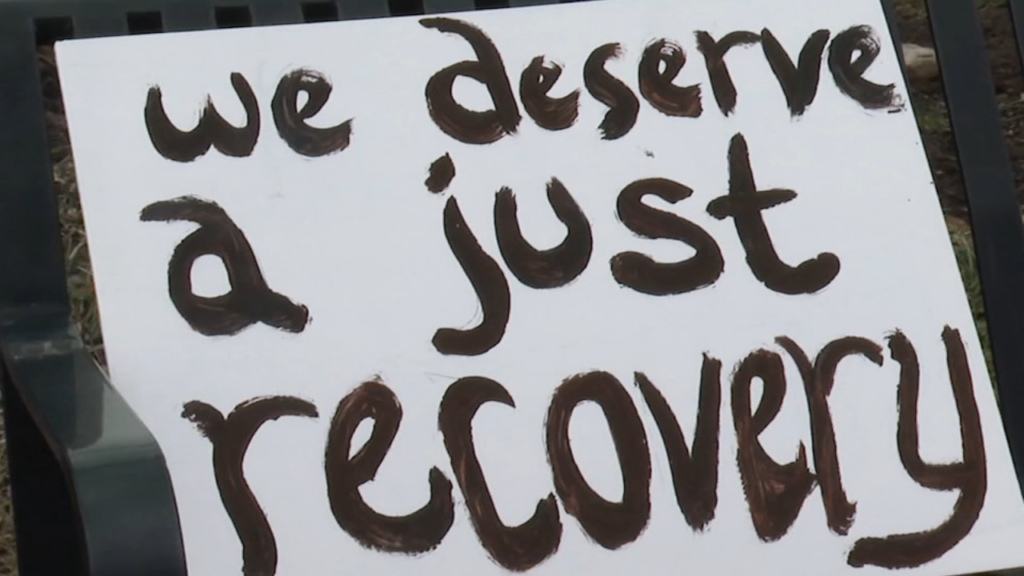
By Stephen Lester.
Earlier month, the US Environmental Protection Agency (EPA) finalized drinking water standards for a group of substances known as Forever Chemicals. These chemicals include PFOA, PFOS, PFNA, PFHXs, PFBS, and GenX and are generally described as polyfluoroalkyl substances (PFAS). PFAS chemicals are present everywhere in the environment, degrade very slowly and posed health risks to people who are exposed to them. They are called forever chemicals because they break down so slowing that they are around for centuries, essentially forever.
This new regulation requires that these forever chemicals be added to the substances that EPA requires all public drinking water systems to routinely monitor. Some water companies will start testing for PFAS in drinking water as early as 2027 in 3 years, but these restrictions don’t go into effect until 2029, five years from now. This regulation does not apply to private or individual wells, just to large public water systems.
While it’s good news that PFAS chemicals will be restricted in drinking water by 2029, this decision also highlights the slow cumbersome way that chemicals are regulated in this country. Although EPA made clear that there are significant and severe adverse health effects associated with these chemicals, the agency did not restrict their production or use in consumer products, just their presence in drinking water, and not for another 5 years. So, Dupont, 3M as well as other companies will continue to make these chemicals for use in consumer products. Furthermore, this new regulation only applies to 5 of the thousands of different PFAS compounds that have been identified.
Why does this make any sense? It certainly does not make any public health sense. EPA acknowledges the adverse health effects of these chemicals at extremely low levels, to the point where some researchers feel that there is no safe level of exposure to PFAS chemicals, yet EPA takes no action to restrict the production of these substances and gives water companies five years to meet its new standards. And for the companies that manufactured these chemicals – primarily DuPont (and several subsidiaries) and 3M – there’s no action against them or accountability for producing these substances for more than 50 years, even though for decades they opposed any regulatory action by EPA.
Over these years of delay, these companies slowly began moving away from the PFAS chemicals that were targeted as “bad actors” – PFOA and PFOS – and began producing and using other PFAS chemicals about which virtually nothing was known about their toxicity. EPA has allowed this to happen even though the adverse health effects for most of these substances are not known. Somehow EPA seems good with issuing no restrictions on the production of potentially toxic consumer products and instead offers general advice to the public on steps they can take to avoid PFAS chemicals if they choose to do so.
There is something seriously wrong with our system for regulating toxic chemicals when the companies that use dangerous toxic chemicals to make consumer products for profit get off Scot free and the EPA offers advice to individuals on how to avoid these toxic products.
Industry began using these polyfluoroalkyl substances in the 1940s in consumer products such as nonstick cookware (Teflon) and in food packaging, to waterproof clothes, stainproof furniture and in certain manufacturing processes. They were also widely used in firefighting foams to extinguished fires, especially at airports and on training grounds for firefighters. PFAS chemicals gained public notoriety about 10 years ago when they began showing up in drinking water at military bases, such as the Pease Air Force Base in Portsmouth, NH. The US military estimates that there are over 600 military bases with PFAS contamination.
The adverse health effects associated with these forever chemicals include reproductive effects; developmental effects such as low birth weight, bone variations, and behavioral changes; damaged immune function such as reduced ability to fight infections; interference with the body’s natural hormone functions, including the thyroid; kidney and testicular cancer; liver damage; and increased cholesterol.
For specific details about EPA’s new PFAS drinking water regulation, click here.







